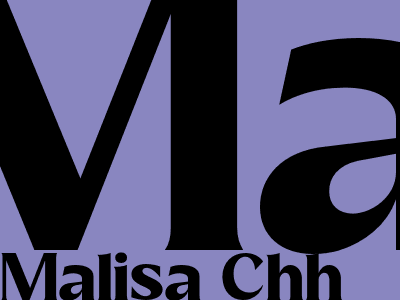
The Ultimate Guide to On-Page SEO for Higher Rankings
Introduction
On-page SEO is the practice of optimizing individual web pages to improve their ranking in search engine result pages (SERPs). By implementing effective on-page SEO techniques, you can make your website more visible to potential customers, increase traffic, and boost your overall online presence. This comprehensive guide will provide you with a step-by-step approach to on-page SEO, covering everything from keyword research to content optimization and technical considerations.
Keyword Research
Understanding the Importance of Keywords
Keywords are the words and phrases that people use to search for information online. Identifying the right keywords is crucial for on-page SEO, as it helps search engines understand the content of your pages and match them to relevant search queries.
Finding Relevant Keywords
There are several ways to find relevant keywords for your website. Start by brainstorming potential keywords related to your products or services. Use keyword research tools like Google Keyword Planner or Ahrefs to gather data on search volume, competition, and related keywords.
Targeting High-Volume Keywords
When selecting keywords, focus on targeting high-volume keywords with low to medium competition. This increases the chances of your pages ranking for those keywords and driving more traffic to your website.
Content Optimization
Creating High-Quality Content
High-quality content is the foundation of effective on-page SEO. Your content should be informative, engaging, and relevant to the target audience. Provide valuable insights, address user pain points, and establish yourself as an authority in your industry.
Optimizing for Keywords
Incorporate relevant keywords naturally throughout your content, including in the page title, meta description, headings, and body text. Avoid keyword stuffing as it can penalize your website in search rankings.
Structuring Content for Readability
Structure your content using headings (H1, H2, H3, etc.) to improve readability and make it easier for search engines to understand the hierarchy of information.
Technical Considerations
Page Speed Optimization
Page speed is a crucial factor in both user experience and SEO. Optimize your website's loading speed by compressing images, minifying CSS and JS files, and enabling caching.
Mobile Optimization
With the majority of internet users now accessing websites on mobile devices, it's essential to ensure your website is mobile-friendly. Use responsive design, avoid pop-ups, and optimize images for mobile screens.
Image Optimization
Optimize images by using descriptive file names, adding alt tags, and compressing them to reduce file size. This improves image searchability and accessibility.
Schema Markup
Schema markup is a structured data vocabulary that helps search engines understand the content of your pages. Implement schema markup to provide additional information about your products, services, events, and other entities, which can improve visibility in search results.
Link Building
Importance of Backlinks
Backlinks are links from other websites that point to your pages. Acquiring high-quality backlinks is a significant factor in off-page SEO, as it indicates the authority and relevance of your website.
Building Backlinks Naturally
Focus on building backlinks naturally through high-quality content, guest posting, and outreach to relevant websites. Avoid purchasing or participating in link schemes, as these can harm your website's reputation and rankings.
Tracking and Monitoring Results
Regularly track and monitor your on-page SEO efforts using analytics tools like Google Analytics. Monitor keyword rankings, traffic, and user engagement to identify areas for improvement and stay up-to-date with SEO best practices.
Conclusion
On-page SEO is a complex and ongoing process that requires a combination of content optimization, technical expertise, and ongoing monitoring. By following the principles outlined in this guide, you can improve the visibility of your website, drive more traffic, and achieve higher rankings in search results.